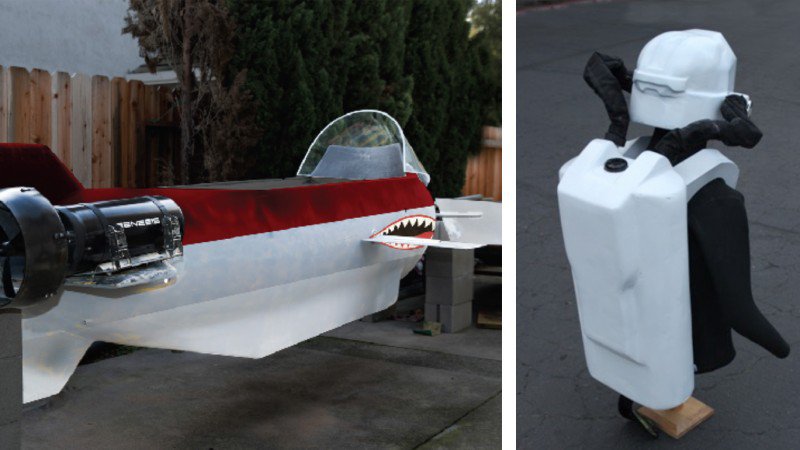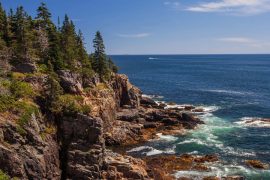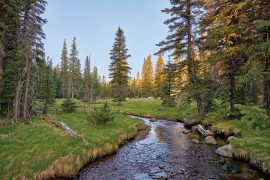It all happened pretty quickly. Five minutes after diving into the warm waters off the coast of Baja in the Sea of Cortez, a swarm of five-foot-long Humboldt squids attacked Scott Cassell. They smashed his camera into his face, wrapped a tentacle around his arm, and bit him on the wrist. Then, the beasts dragged him deeper into the abyss so fast that his eardrum imploded from the pressure. After somehow freeing himself and getting back to the surface, Cassell, who was working as an undersea cameraman at the time, wasn’t frightened. His shoulder was dislocated, and he was more than a bit roughed up. But he was also hooked. The experience, as violent as it was, was also transcendent. He had finally found his true calling, that of an undersea explorer out to find answers to what goes on under the world’s seas.
Fast-forward 20 years, and Cassell, now 55, has spent the past two decades diving, filming, producing, and sometimes even starring in various shows about ocean life for National Geographic, BBC, Discovery Channel, Animal Planet, and History Channel, including a return to Baja to film the squids. He turned a boyish fascination with Jacques Cousteau into a 30-plus-year diving career that’s seen him spend more than 15,000 hours underwater. That works out to nearly two years of his life. He’s been a Special Forces combat diver and holds the record for the longest distance traveled underwater by a diver: 52 miles. One would think he’s seen it all, but he’s quick to tell you that 98 percent of the ocean is still unexplored.
According to Cassell, a big reason for the blank space in humanity’s knowledge of the ocean is technology. The stuff we need to explore the ocean is often too expensive for the scientific community to obtain—much like rocketing into space, going underwater requires specialized, purpose-built equipment. Hence the Underwater Voyager Project (UVP), the multifaceted nonprofit Cassell founded in 2005, which has two main goals: to create some of the most advanced scuba gear and submersibles in the water and to team up with oceanographers and marine biologists to advance our understanding of the deep.

“All professions—climbers, doctors, scientists—require their own essential gear,” Cassell says. “Mine is just as complicated.” And homemade. Between raising money and awareness for UVP and diving, he can often be found in his garage tinkering with exotic gear or sanding the fiberglass hulls of his latest submersible.
From that tinkering, he’s developed an armored, electrified underwater dive suit to protect him from the aforementioned giant squids. He’s also working on what he’s dubbed Wolf Packs: diving helmets and…





